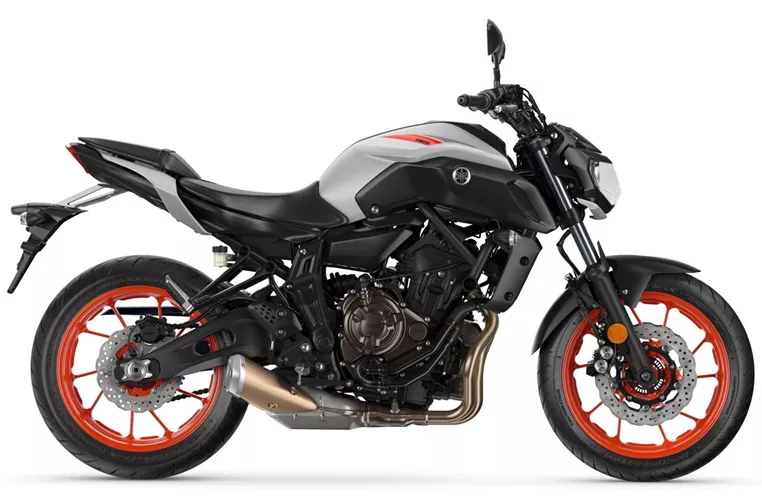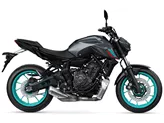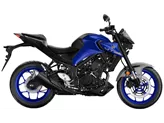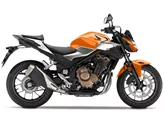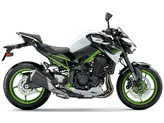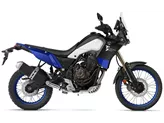Kawasaki Z 750R 2011 vs. Yamaha MT-07 2020

Kawasaki Z 750R 2011

Yamaha MT-07 2020
Visão geral - Kawasaki Z 750R 2011 vs Yamaha MT-07 2020
The Kawasaki Z 750R 2011 and the Yamaha MT-07 2020 are both naked bikes with similar technical specifications. They both have an inline engine type, liquid cooling, and a steel frame. However, there are some notable differences between the two models.
In terms of power, the Kawasaki Z 750R 2011 has a more powerful engine with 106 HP compared to the Yamaha MT-07 2020's 75 HP. The Kawasaki also has a higher torque of 78 Nm compared to the Yamaha's 68 Nm. This difference in power and torque can result in a more thrilling and exhilarating riding experience on the Kawasaki.
Both bikes have a similar suspension setup, with telescopic forks at the front. However, the Yamaha MT-07 2020 does not have the "upside-down" feature that the Kawasaki Z 750R 2011 has. This may affect the overall handling and stability of the Yamaha.

Kawasaki Z 750R 2011
In terms of braking, both bikes have dual disc brakes at the front. This ensures excellent stopping power and safety for both models.
In terms of dimensions and weights, the Kawasaki Z 750R 2011 has a wider front tire at 120 mm compared to the Yamaha MT-07 2020's 120 mm. The Kawasaki also has a slightly longer wheelbase at 1440 mm compared to the Yamaha's 1400 mm. The seat height of the Kawasaki is also higher at 835 mm compared to the Yamaha's 805 mm. However, the Kawasaki is significantly heavier with a curb weight of 227 kg compared to the Yamaha's 179 kg. With ABS, the Kawasaki weighs 230 kg while the Yamaha weighs 182 kg.
In terms of fuel capacity, the Kawasaki Z 750R 2011 has a larger fuel tank with a capacity of 18.5 liters compared to the Yamaha MT-07 2020's 14 liters. This means that the Kawasaki has a longer range and requires fewer fuel stops during long rides.
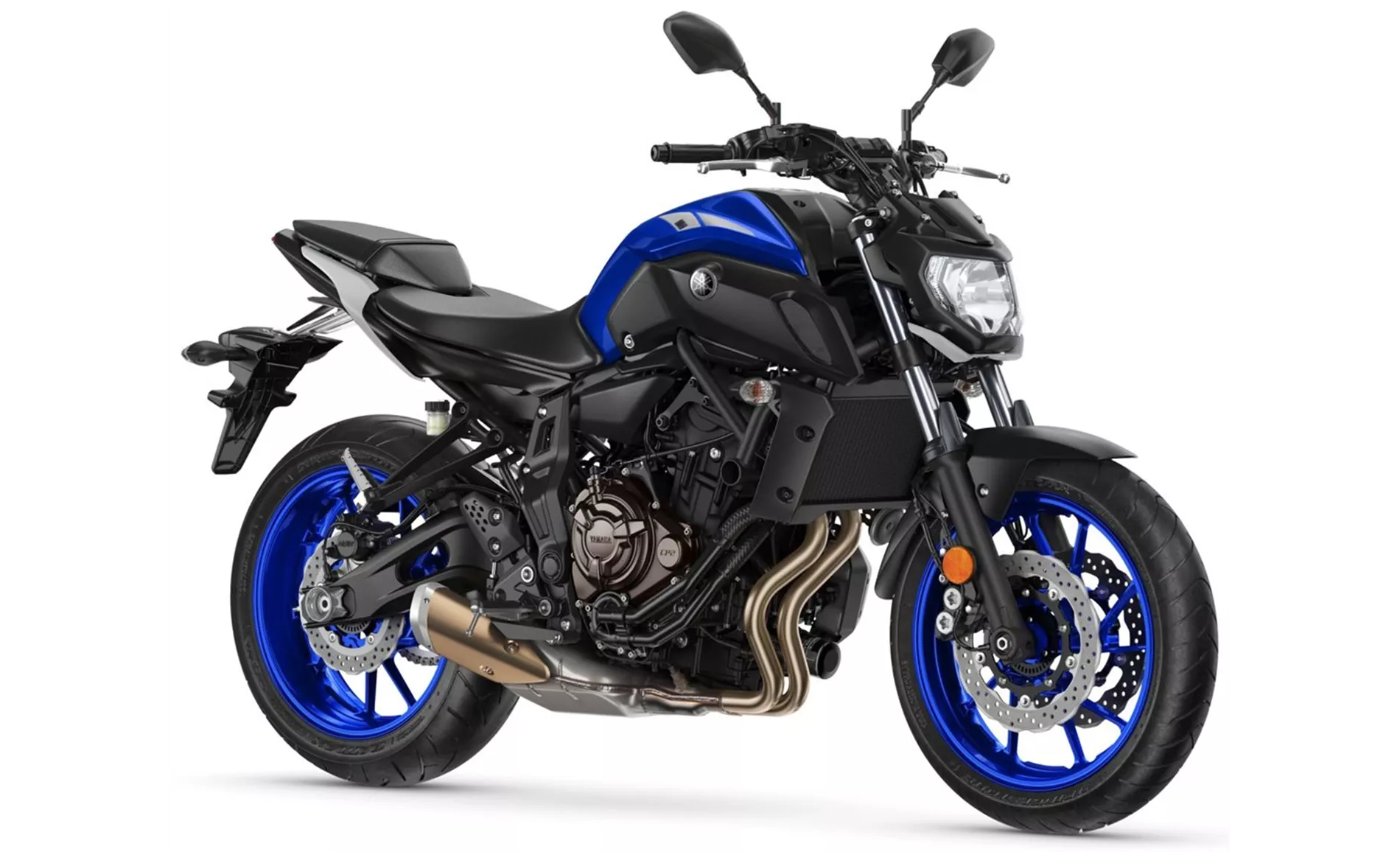
Yamaha MT-07 2020
In terms of strengths, the Kawasaki Z 750R 2011 is known for its secure engine and excellent braking system with ABS. On the other hand, the Yamaha MT-07 2020 has the advantage of having two high-torque cylinders, a well-designed chassis configuration, and an easy-to-ride nature. It also offers a pleasant seating position and a wide selection of accessories. Additionally, the Yamaha is considered to have a correct price-to-performance ratio.
However, both bikes have their weaknesses. The Kawasaki Z 750R 2011 is known for its instability in the chassis, which can affect the overall stability and handling of the bike. On the other hand, the Yamaha MT-07 2020 has some complaints about its aesthetics and the quality of the handlebar controls, which are considered to be a bit cheap.
In conclusion, the Kawasaki Z 750R 2011 and the Yamaha MT-07 2020 are both powerful and capable naked bikes. The Kawasaki offers more power and torque, while the Yamaha provides a well-balanced and easy-to-handle riding experience. Ultimately, the choice between the two models will depend on the rider's preferences and priorities.
Especificações técnicas Kawasaki Z 750R 2011 em comparação com Yamaha MT-07 2020
Prós e contras em comparação
Prós e contras em comparação
Kawasaki Z 750R 2011
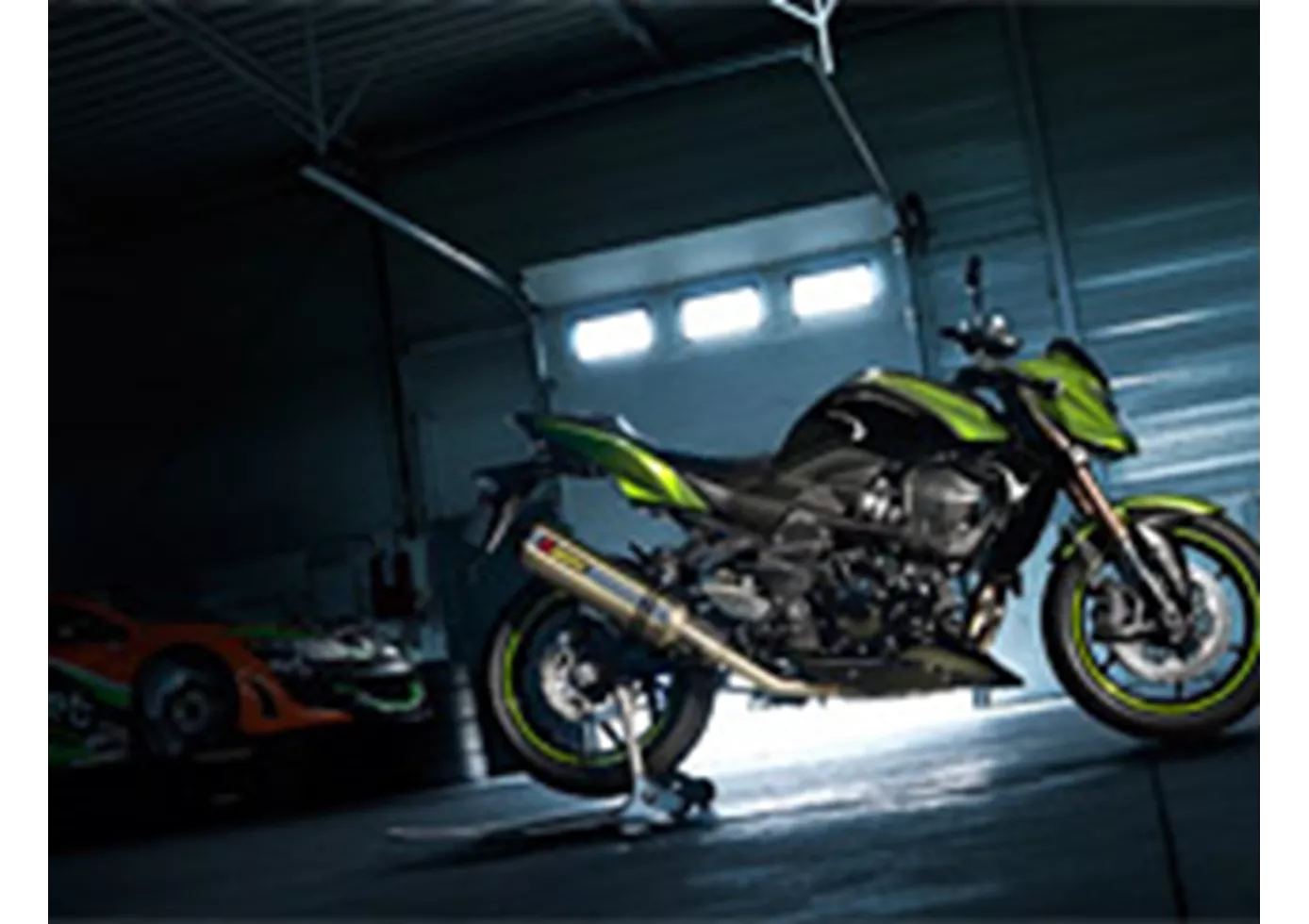
Em suma, achamos que a Kawasaki Z 750 está certa em usar o R. É definitivamente muito divertido em trackdays. No entanto, se você quiser caçar tempos de volta energicamente, você tem que investir no chassi. Principalmente para ganhar espaço no ângulo de inclinação. Depois disso, você poderia até pensar em um "RR" na abreviação do nome.
Yamaha MT-07 2020
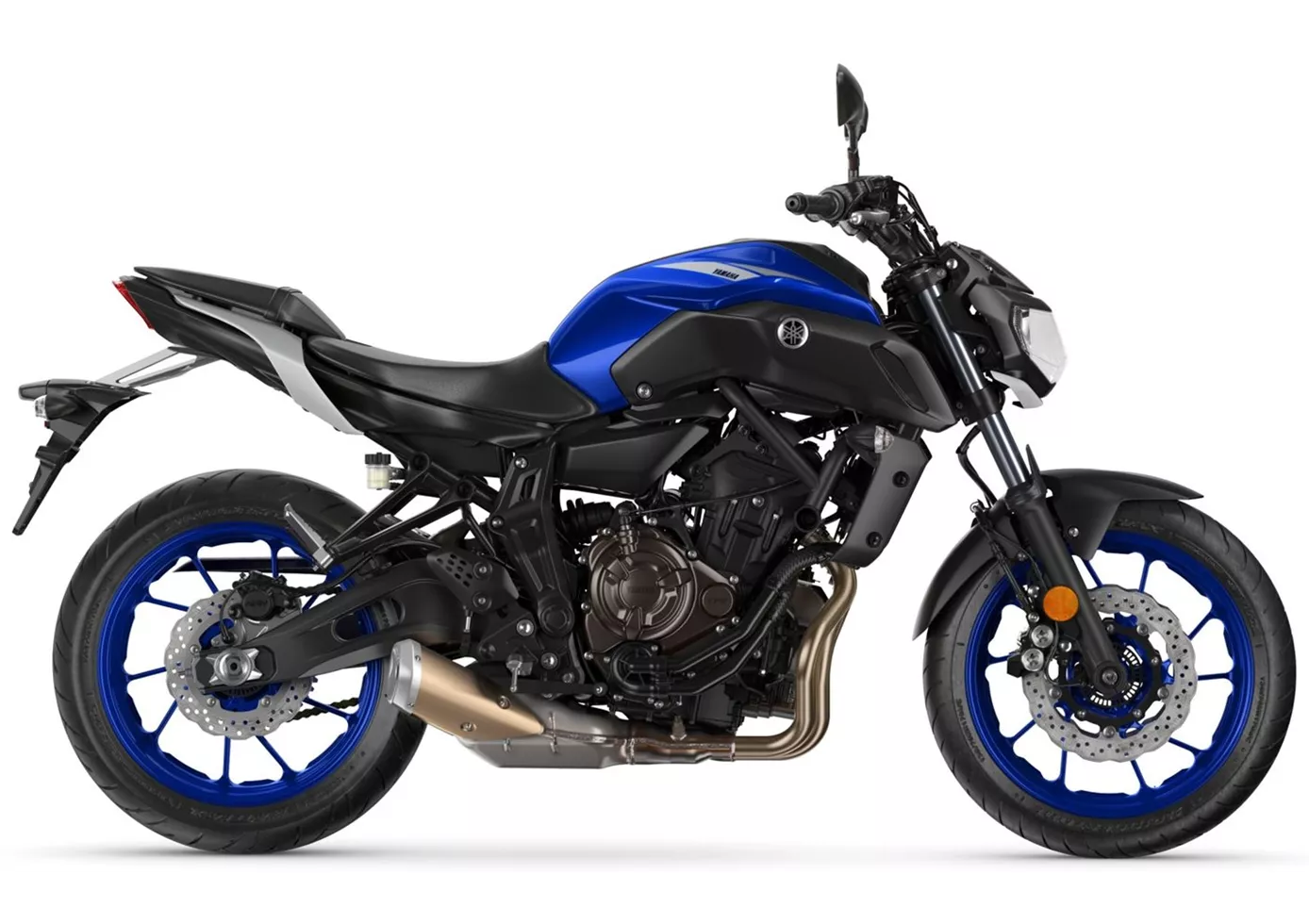
A MT-07 é uma máquina maravilhosa e divertida, extremamente desportiva de conduzir. Os travões são potentes e o motor é atualmente, de longe, o mais ágil desta classe - e talvez mesmo acima. O manuseamento leve encaixa na perfeição e o chassis faz o compromisso compreensível entre conforto e desportivismo - lembrando-nos que a MT-07 acessível também deve ter muito para oferecer aos principiantes. Apenas o design com faróis de halogéneo e forquilhas convencionais é um pouco antiquado.
Comparação de preços Preço médio de mercado Kawasaki Z 750R vs Yamaha MT-07
There are a few key differences between a Kawasaki Z 750R 2011 and a Yamaha MT-07 2020. In terms of price, the actual average price of a Yamaha MT-07 2020 is about 33% higher. Compared to Yamaha MT-07 2020 there are less Kawasaki Z 750R 2011 bikes available on the 1000PS.de Marketplace, specifically 4 compared to 20. It takes less time to sell a Kawasaki Z 750R with 49 days compared to 69 days for a Yamaha MT-07. Since model year 2011 1000PS.de editors have written 7 reviews for the Kawasaki Z 750R and 69 reviews for the Yamaha MT-07 since model year 2013. The first review for the Kawasaki Z 750R was published on 14/09/2010 and now has more than 17.800 views. This compares to more than 12.600 views for the first review on Yamaha MT-07 published on 04/11/2013.

